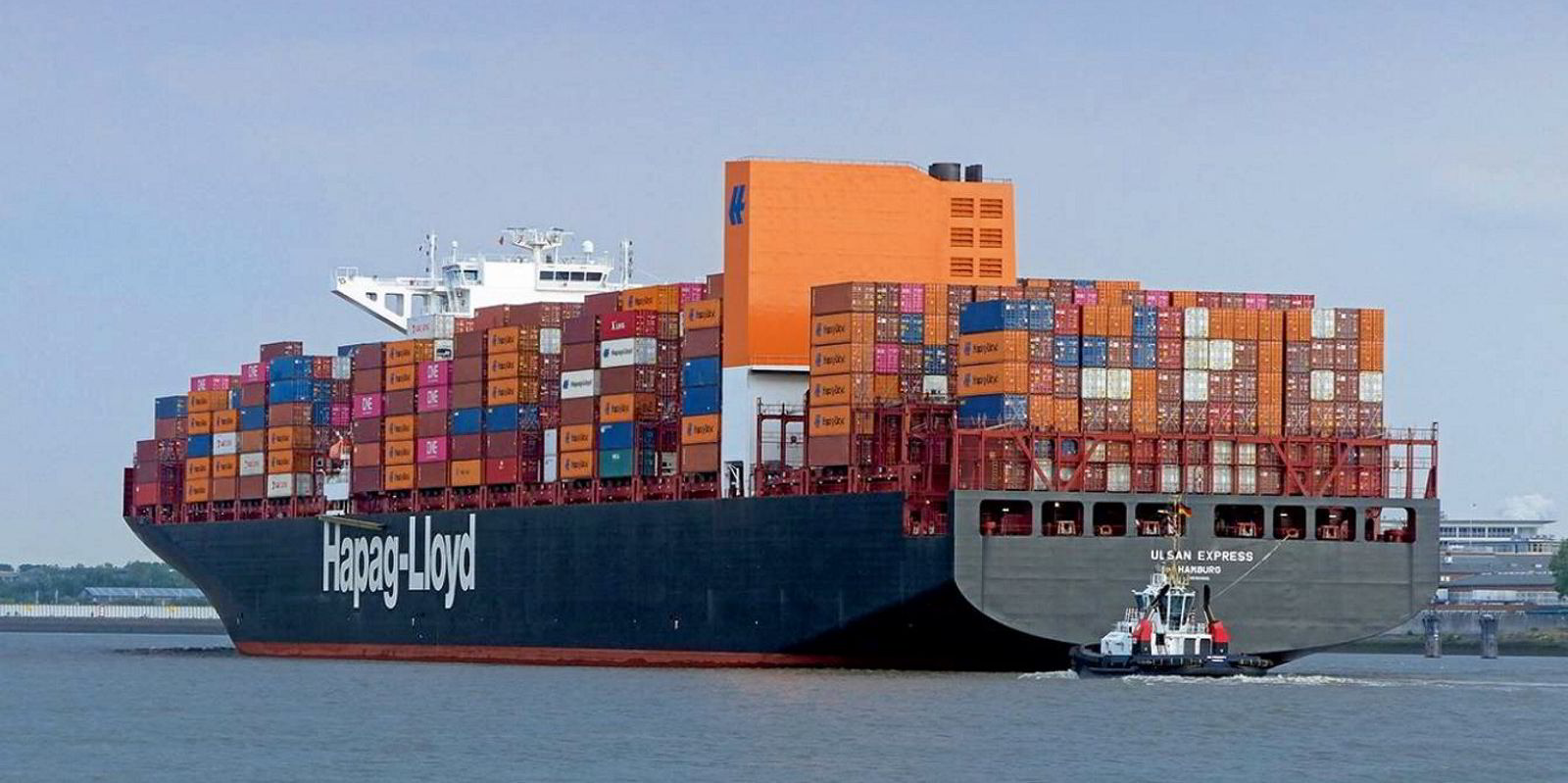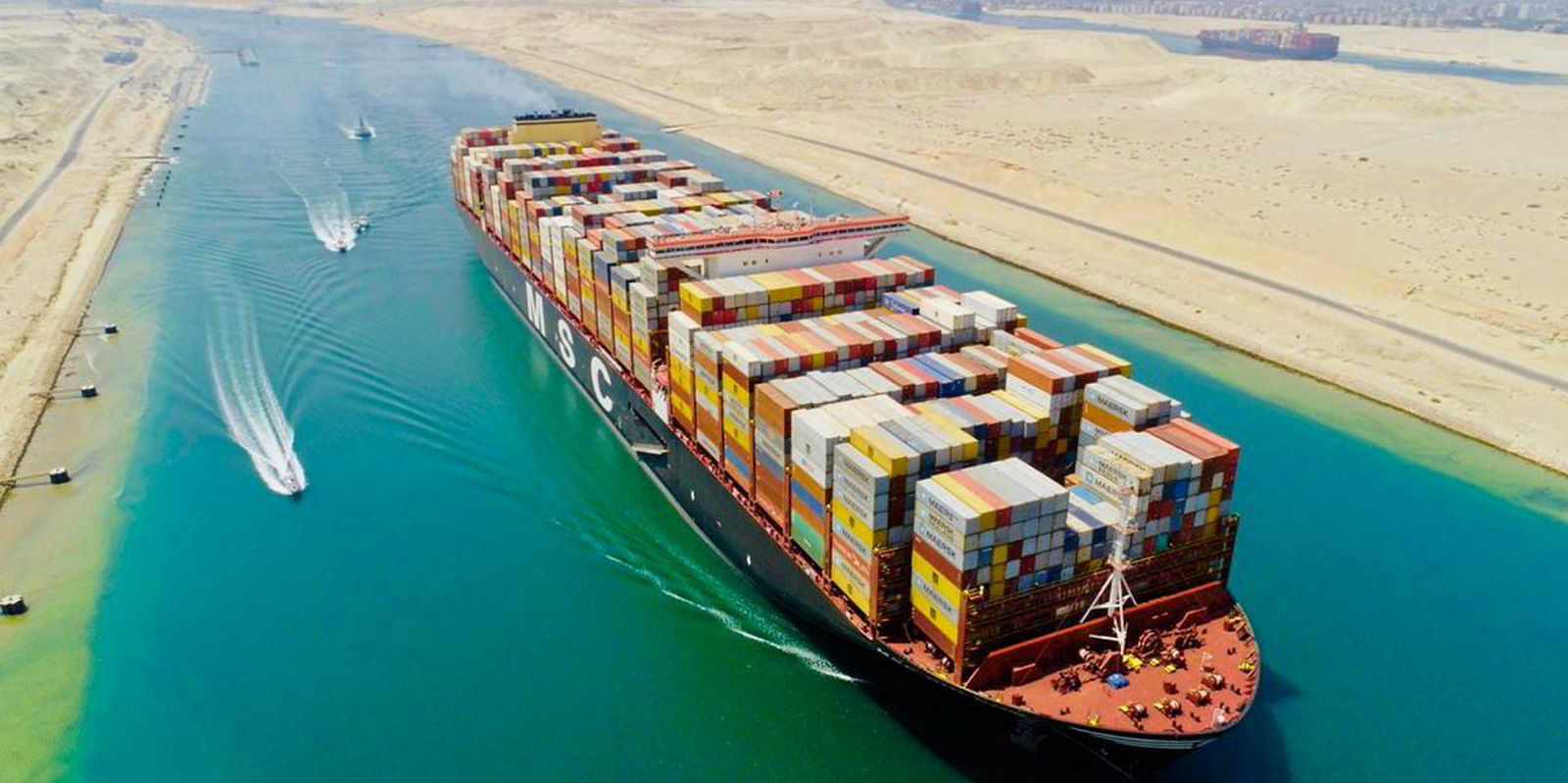Blank sailings by liner operators are predicted to rise to 16% of scheduled sailings before and after China’s Golden Week as the national holiday prompts factory closings that are weakening the container market.
This surge in cancelled voyages is expected to have started on Monday to continue until 22 October as carriers try to boost falling freight rates as a result of festivities held from 1 to 7 October to mark the Republic of China’s founding in 1949, according to Container xChange.
“As spot rates keep dropping and demand stays weak before China’s Golden Week holiday, which typically sees a surge in bookings before factory closures, ocean carriers are being forced to take drastic measures like adding more blank sailings,” the online container booking platform wrote in a report on Wednesday.
The Freightos Baltic Index has fallen 19.6% since 30 August to reach 1,239 points on Wednesday.
Blank sailings averaged 7% in 2019 and then 12% in 2020 and 2021 due to the pandemic before peaking at 21% in the first quarter of 2022 as a result of the Chinese New Year holiday, according to Container xChange.
The blocking of the Suez Canal by the 20,124-teu Ever Given (built 2018) in March 2022 also contributed to the increased number of sailings.
Blank sailings averaged about 15% for the rest of 2022 but then jumped back up to 21% of 707 scheduled sailings in January of this year due to market conditions, disruptions, and demand patterns, Container xChange wrote as it cited data from Drewry Cancelled Sailings Tracker.
They reached 10% of 710 scheduled voyages from March to the end of April of this year before settling at 7% of set sailings for the month of September.
Liner operator groups THE Alliance, Ocean Alliance and 2M have coordinated blank sailings during October in anticipation of holiday-driven weakness in container demand, Container xChange said.
“The extensive cancellations of sailings during the Golden Week holiday by all three major alliances on the prominent trade routes may result in challenges for shippers and forwarders trying to secure shipping space for exports from China to Europe in the upcoming month,” the company said.
Carriers are expected to implement more blank sailings, slow steaming and other strategies to support freight rates as the global orderbook capacity nears 30%, or 7m teu, of the active fleet.
About 5.5m teu of that ordered capacity is expected to enter the market by the end of 2024, causing a 7% boost in capacity that will be met by a 3% rise in demand, according to analysts, Container xChange wrote.
“Blank sailings have far-reaching repercussions across the maritime shipping industry,” the company said.
“They challenge businesses, shippers, port operators, and container suppliers alike, leading to increased costs, disrupted schedules, and supply chain complexities.”





